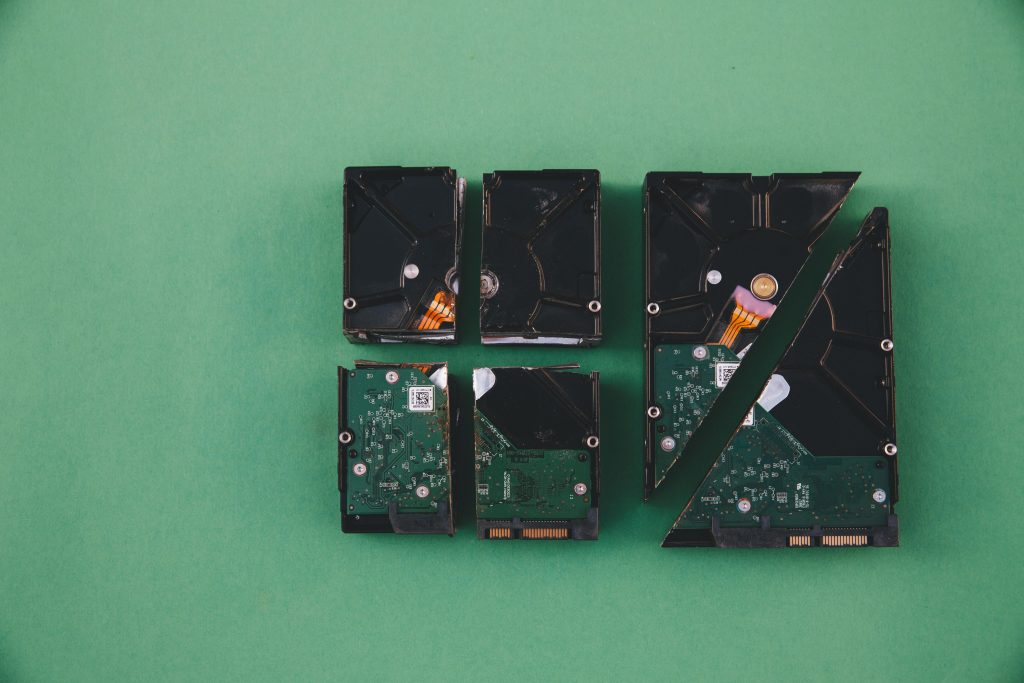The Consequences of Neglecting Server Maintenance: A Cautionary Tale
In our line of work, we often encounter critical scenarios that serve as important reminders of the need for proper server management. Today, we faced one such situation when a customer’s server failed, taking with it invaluable data they had relied on for years. Despite our warnings over the past three years regarding the potential risks, unfortunately, our cautions went unheeded.
The demise of the server was not surprising, as both hard drives had been showing signs of distress for quite some time. The server’s LED indicators were so dim that I initially thought they were completely nonfunctional—a clear sign that the system had been under duress for a while. Even the HDD error indicator was barely glowing, hinting at underlying problems that had been ignored.
We attempted to recover the RAID 10 array, hoping to salvage crucial data from the remaining drive. Unfortunately, the extent of the damage made recovery impossible. The last backup available was from just two days prior, but as we began the retrieval process, it became increasingly apparent that the backup may also be corrupted.
To complicate matters further, the server was running on Windows Server 2008. This means we are now faced with the daunting task of setting up a new Active Directory and migrating all user computers to the new environment. This process not only demands significant technical expertise but also entails considerable labor costs that the customer will inevitably incur.
Reflecting on this experience raises the question: Was it truly wise for the customer to use a server that far exceeded its expected lifespan? Ultimately, they are now facing the prospect of losing weeks of productivity due to the time required for procurement and installation of a new server after it has been prepared in our workshop.
The moral of the story is clear: cutting corners on your company’s primary server can lead to devastating consequences. Regular maintenance, timely upgrades, and appropriate hardware investment are essential to safeguarding your business operations.
As a side note, I must mention the condition of the server we encountered. It was indeed the dirtiest server I’ve ever come across—leading me to wonder if anyone had been smoking in the server room! Such neglect not only indicates a lack of attention to detail but also contributes to the overall deterioration of server performance.
In conclusion, let this serve as a reminder to all businesses: prioritize your server maintenance to ensure the longevity and reliability of your critical systems.
Share this content:



